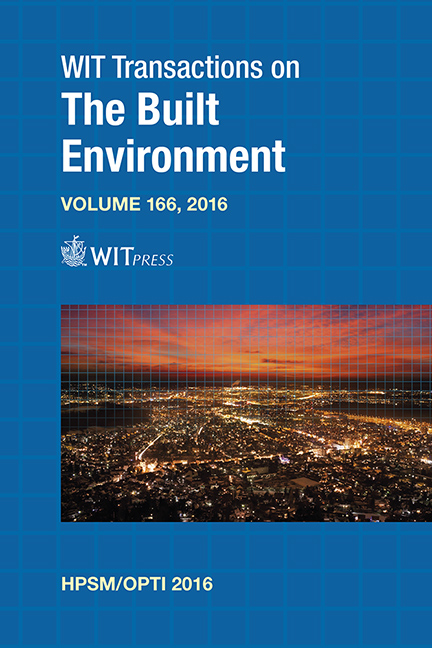Effects Of Preheating Temperature On The Interfacial Tensile Strength For Glass Fiber Reinforced Polypropylene Composites Made By Press And Injection Hybrid Molding
Price
Free (open access)
Transaction
Volume
166
Pages
10
Page Range
287 - 296
Published
2017
Size
1,538 kb
Paper DOI
10.2495/HPSM160261
Copyright
WIT Press
Author(s)
K. Tanaka, R. Noguchi, T. Katayama
Abstract
The use of glass fiber reinforced thermoplastic composites (GFRTP) is expected to contribute to weight reduction of automobiles. Traditional injection molding used for GFRTP can mold complex shapes. Because of the limitation of the fiber length and the unevenness of fiber distribution and orientation of molded products, however, injection molding is not suitable for the production of structural parts that require high mechanical properties. Although the thermoplastic composite laminates that use continuous fibers for reinforcement have excellent mechanical properties, it is difficult to mold complex shaped products such as ribs and bosses because of the limitation in formability of continuous fiber reinforced thermoplastics. Recently, to mold FRTP with excellent strength and stiffness that has complex shaped products with ribs and bosses, the hybrid molding process has been developed by combining press molding and injection molding. However, as its fracture occurs at the interface between the thermoplastic composite laminates and the rib, the interfacial strength should be improved. In this study, glass fiber-reinforced polypropylene composites were molded by press and injection hybrid molding under different preheating temperatures of the thermoplastic composite laminates. The tensile tests using T-shaped specimens cut out from the molded products were performed to clarify the effect of the preheating temperature on the interfacial tensile strength. Higher interfacial tensile strength was obtained when the thermoplastic composite laminates were heated at high preheating temperature.
Keywords
GFRP, injection molding, press molding, press and injection hybrid molding, preheating, interfacial strength





